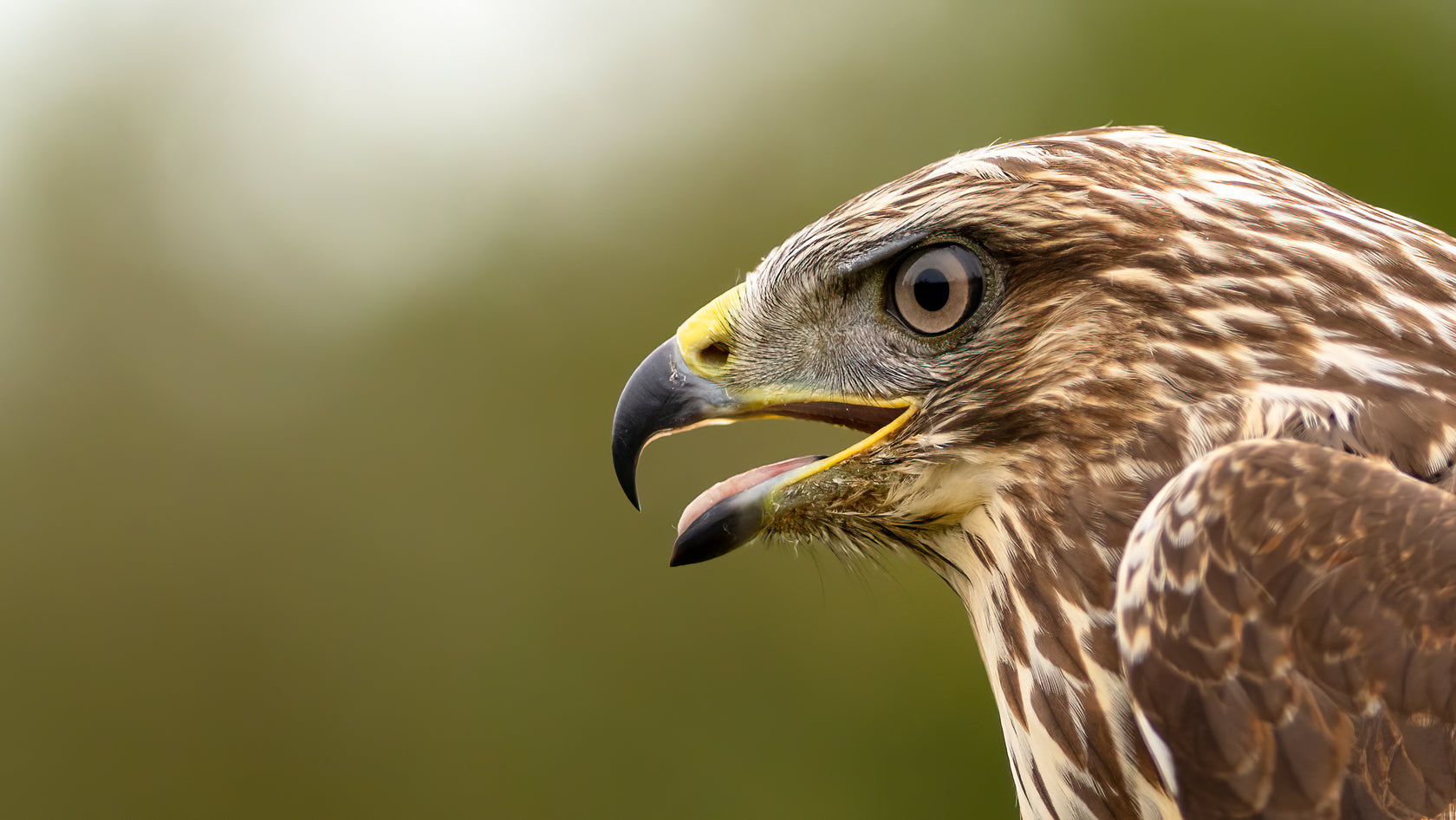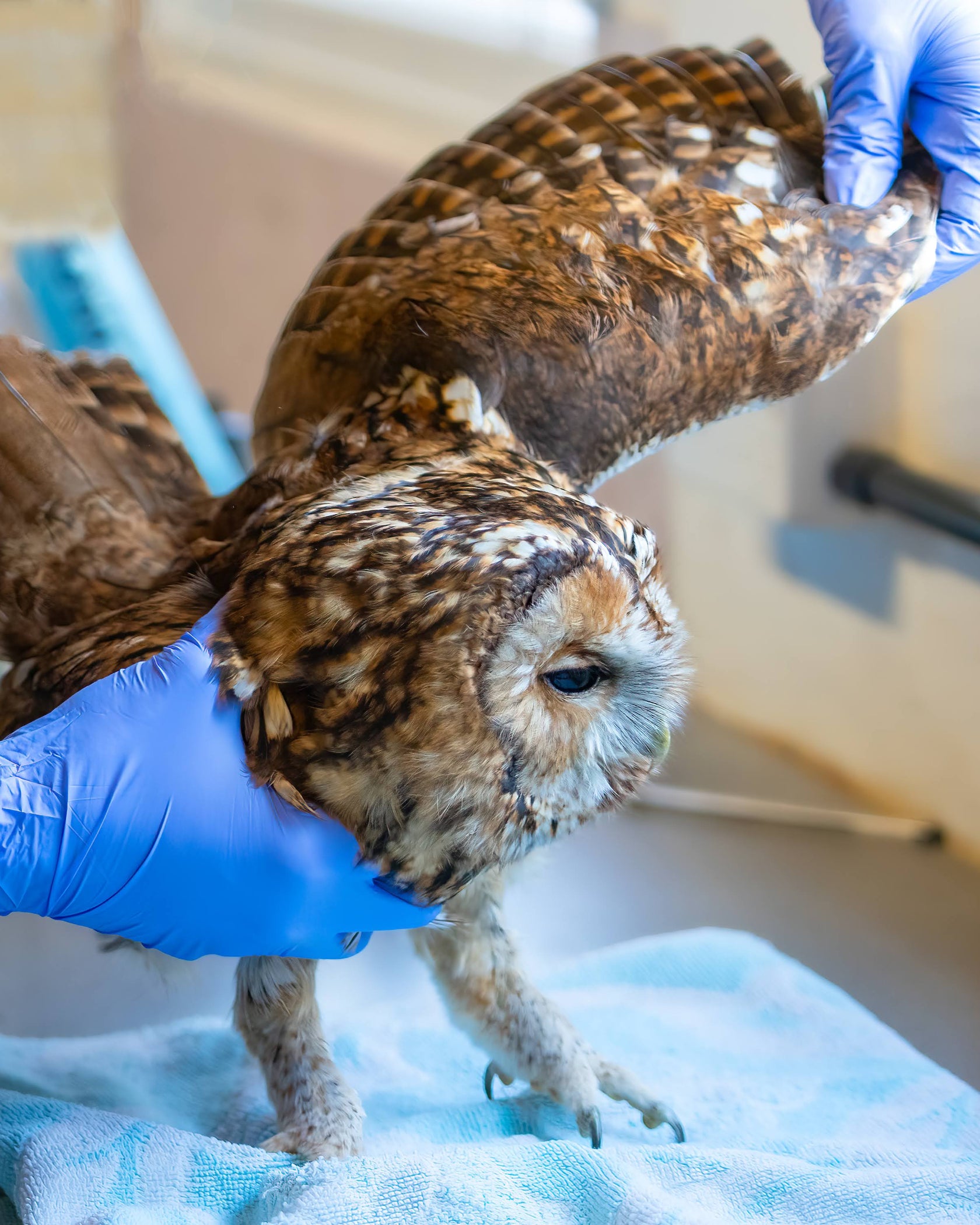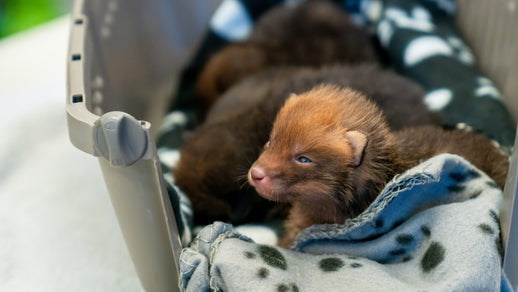
Birds of Prey
We have 19 bird of prey species in the UK, ranging from the tiny Little Owl to the great White Tailed Eagle. This page will give you a snap shot of each species, and what to do if you find an injured bird of prey.

Injured Birds of Prey
Injured and unwell birds of prey require specialist rehabilitation, which should always be carried out by a wildlife rescue centre or vet.
Rescuing birds of prey can present a danger to the rescuer, as these predatory birds may lash out with their talons or beaks when attempts to contain them are made. If you do not have suitable means to protect yourself when containing the bird, please do not attempt to rescue and instead call your closest wildlife rescue for assistance.
When is rescue required?
- The bird has obvious injuries
- The bird is grounded and makes no attempt to fly
when approached. Some species such as red kites may ‘play dead’ when feeling
threatened, observe the bird from a distance for a moment to see if their
behaviour changes when humans aren’t present.
This bird needs help, what do I do next?
- Assess the situation first, can you safely rescue the bird and keep yourself safe? If so, follow the next steps.
- Put on a pair of thick, protective gloves and slowly approach the bird from the front.
- Place a large towel or coat over the bird ensuring the head and wings are covered.
- Once calm, pick up the bird using both hands. Ensure both wings are folded against the body and secure the legs and talons.
- Gently place the bird in a ventilated cardboard
box. Ideally put the towel in the box with the bird. - Do not add additional heat sources, food or
water. - Cover the box with a blanket and make a note of your location with What3Words, Maps or your co-ordinates. The rehabilitator will need this information to release the bird in their territory.
- Take the bird to your closest vet or wildlife rehabilitator. Resist disturbing the bird by checking on it, this will likely
cause more stress.
If you come across a dead bird of prey and suspect persecution or poisoning, do not touch the carcass or the surrounding area. Please call 101 and ask to speak to the Wildlife Crime Officer.



















